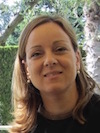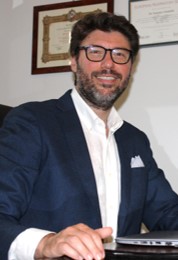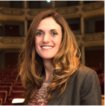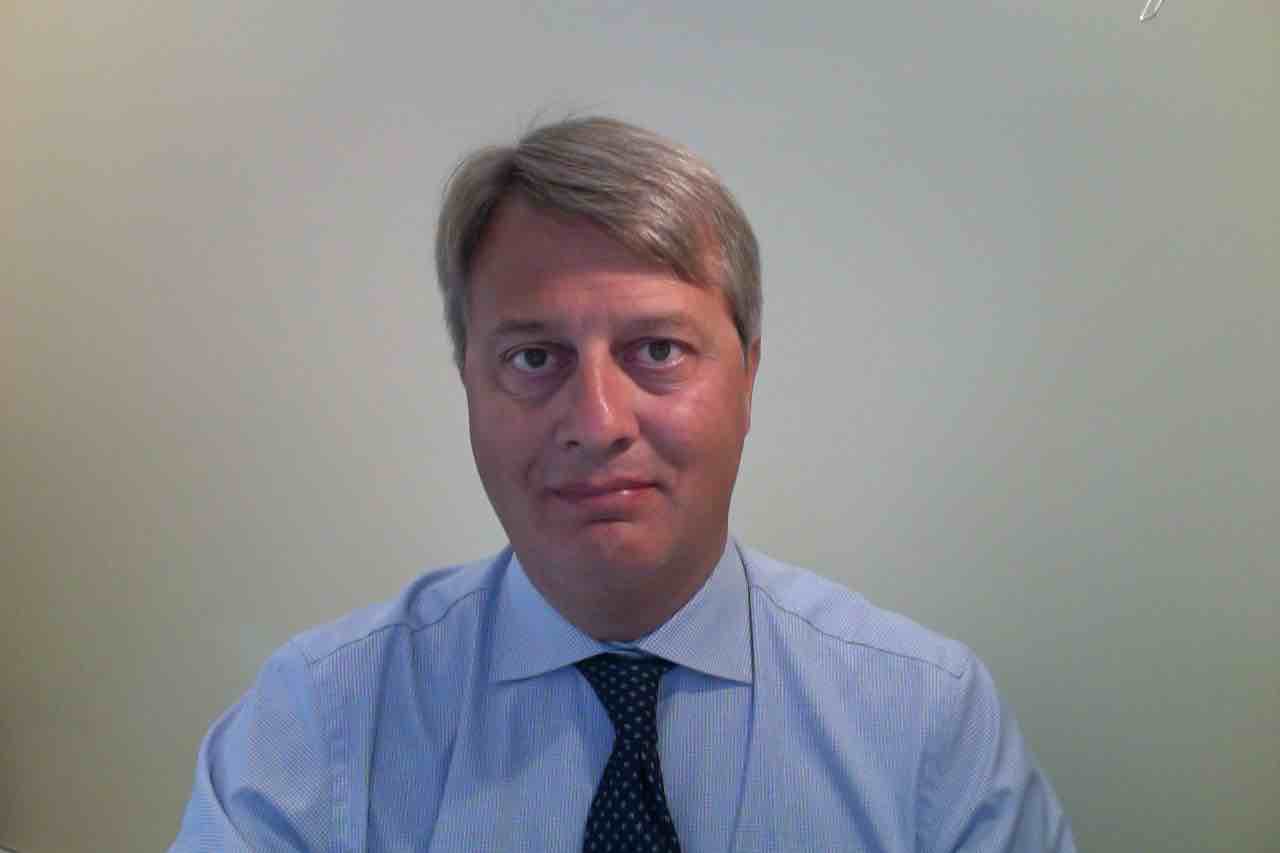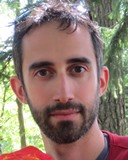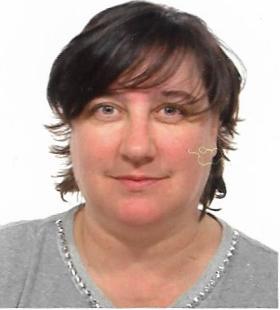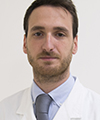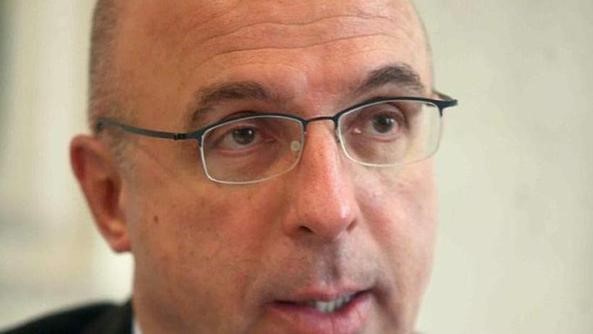Studying at the University of Verona
Here you can find information on the organisational aspects of the Programme, lecture timetables, learning activities and useful contact details for your time at the University, from enrolment to graduation.
Academic calendar
The academic calendar shows the deadlines and scheduled events that are relevant to students, teaching and technical-administrative staff of the University. Public holidays and University closures are also indicated. The academic year normally begins on 1 October each year and ends on 30 September of the following year.
Course calendar
The Academic Calendar sets out the degree programme lecture and exam timetables, as well as the relevant university closure dates..
| Period | From | To |
|---|---|---|
| 1 SEMESTRE PROFESSIONI SANITARIE | Oct 1, 2021 | Dec 23, 2021 |
| 1 e 2 SEMESTRE PROFESSIONI SANITARIE | Oct 1, 2021 | Sep 30, 2022 |
| 2 SEMESTRE PROFESSIONI SANITARIE | Jan 10, 2022 | Sep 30, 2022 |
| Session | From | To |
|---|---|---|
| Sessione d'esame Invernale | Jan 10, 2022 | Feb 25, 2022 |
| Sessione d'esame Estiva | Jul 4, 2022 | Jul 29, 2022 |
| Sessione d'esame Autunnale | Sep 1, 2022 | Sep 30, 2022 |
| Session | From | To |
|---|---|---|
| Sessione Laurea Autunnale | Oct 1, 2022 | Nov 30, 2022 |
| Sessione Laurea Primaverile | Mar 1, 2023 | Apr 30, 2023 |
| Description | Period | From | To |
|---|---|---|---|
| Tirocinio Perfusionisti 2 e 3 anno | Tirocinio Perfusionisti 2 e 3 anno | Oct 4, 2021 | Sep 30, 2022 |
| Tirocinio Perfusionisti 1 anno | Tirocinio Perfusionisti 1 anno | Jan 10, 2022 | Sep 30, 2022 |
Exam calendar
Exam dates and rounds are managed by the relevant Medicine Teaching and Student Services Unit.
To view all the exam sessions available, please use the Exam dashboard on ESSE3.
If you forgot your login details or have problems logging in, please contact the relevant IT HelpDesk, or check the login details recovery web page.
Should you have any doubts or questions, please check the Enrollment FAQs
Academic staff
 elisa.artegiani@univr.it
elisa.artegiani@univr.it
 corinnabergamini@libero.it
corinnabergamini@libero.it
 giuseppe.faggian@univr.it
giuseppe.faggian@univr.it
 maria.murgia@aovr.veneto.it
maria.murgia@aovr.veneto.it
Pighi Michele
 michele.pighi@univr.it
michele.pighi@univr.it
 0458122320
0458122320
 eliarossetto2@gmail.com
eliarossetto2@gmail.com
 bruno.sandini@aulss8.veneto.it
bruno.sandini@aulss8.veneto.it
 rocco.tabbi@aovr.veneto.it
rocco.tabbi@aovr.veneto.it
Study Plan
The Study Plan includes all modules, teaching and learning activities that each student will need to undertake during their time at the University.
Please select your Study Plan based on your enrollment year.
1° Year
| Modules | Credits | TAF | SSD |
|---|
2° Year activated in the A.Y. 2022/2023
| Modules | Credits | TAF | SSD |
|---|
3° Year activated in the A.Y. 2023/2024
| Modules | Credits | TAF | SSD |
|---|
| Modules | Credits | TAF | SSD |
|---|
| Modules | Credits | TAF | SSD |
|---|
| Modules | Credits | TAF | SSD |
|---|
Legend | Type of training activity (TTA)
TAF (Type of Educational Activity) All courses and activities are classified into different types of educational activities, indicated by a letter.
Cardiopulmonary Pathology (2021/2022)
The teaching is organized as follows:
FISIOPATOLOGIA DEL SISTEMA CARDIO CIRCOLATORIO
Credits
2
Period
2 SEMESTRE PROFESSIONI SANITARIE
Academic staff
Michele Pighi
Learning outcomes
PHYSIOPATHOLOGY OF THE CARDIO CIRCULATORY SYSTEM Training objectives: to consolidate the knowledge of cardiovascular anatomy, physiology and pathophysiological mechanisms of the main cardiovascular diseases PHYSIOPATHOLOGY OF OPERABLE HEART DISEASE RESPIRATORY PHYSIOPATHOLOGY To consolidate the knowledge of cardiovascular anatomy, physiology and pathophysiological mechanisms of the main cardiovascular diseases amenable to surgical treatment METHODS AND TECHNIQUES OF EXTRACORPOREAL CIRCULATION Training objectives: To learn and master the profession of the technician in cardiovascular perfusion, the induction in the operating room; to llearn about of the work-flow of the technologies involved in the hemodinamic support of the patient during cardiac surgery.
Program
------------------------
MM: FISIOPATOLOGIA DELLE CARDIOPATIE OPERABILI
------------------------
------------------------
MM: METODI E TECNICHE DI CIRCOLAZIONE EXTRACORPOREA
------------------------
Introduction to the operating room, explanation of TFCPF, OpenDay, checklists, blood gas analysis, history of extracorporeal circulation, components of the CEC, roller and centrifugal pumps, hemofiltration, Delta P oxygenator, alarms CEC, cardioplegia, drugs in cardioplegia, use recycled machines blood, BSA, mathematical formula calculating patient flow and hemoglobin expected to CEC, assistances of circulation, types of cannulas, heart transplantation and liver.
------------------------
MM: FISIOPATOLOGIA RESPIRATORIA
------------------------
PATHOPHYSIOLOGY OF MAJOR SYMPTOMS IN PNEUMOLOGY: DYSPNEA and COUGH Dyspnoea: Definition Dyspnea in various morbid conditions of the respiratory system Possible receptors and modulators of the feeling of dyspnea Methods for the assessment of dyspnea Cough: Pathophysiology Causes PHYSIOLOGICAL AND PATHOPHYSIOLOGICAL BASES FOR THE INTERPRETATION OF RESPIRATORY FUNCTION TESTS Lung volumes, static and dynamic and their measurement methods Alveolus-capillary diffusion of gases Interpretation of the main respiratory dysfunctional pictures: restrictive, obstructive and mixed syndrome RESPIRATORY FUNCTION DURING SLEEP The main respiratory disorders during sleep: risk factors and pathophysiological mechanisms Evaluation methods Elements of ventilation for the treatment of nocturnal respiratory disorders PATHOPHYSIOLOGY OF OBSTRUCTIVE RESPIRATORY DISEASES Asthma Chronic obstructive pulmonary disease RESPIRATORY INSUFFICIENCY Definition Hypoxemia and hypoxia Pathophysiological mechanisms underlying the alteration of gas exchange Classification and causes Effects of hypercapnia and hypoxia The main tools for the diagnosis and monitoring of the patient with respiratory insufficiency Notes on the treatment of respiratory failure: oxygen therapy.
------------------------
MM: FISIOPATOLOGIA DEL SISTEMA CARDIO CIRCOLATORIO
------------------------
Course table of contents Chapter 1 Anatomy of the heart and vessels Chapter 2 Cardiovascular physiology, and bases of hemodynamics The cardiac cycle Bases of electrocardiography Pulmonary gas exchange Tissue perfusion Adaptation to stress and heart valve disorders Chapter 3 Diagnostic techniques based on physiopathology Electrocardiogram, stress test and Holter-loop recorder Chest X-ray and CT scan Echocardiogram SPECT Angiography and heart catheterization Chapter 4 Ischemic heart disease Epidemiology and risk factors Atherosclerosis and chronic coronary artery disease Acute coronary syndromes Acute myocardial infarction Myocardial revascularization techniques Chapter 5 Syncope and arrhythmias Syncope Strokes Brady and tachy arrhythmias Chapter 6 Heart failure, heart valve disease and cardiomyopathies Cardiac dyspnea Right and left heart failure Cardiomyopathies Valve heart disease
Bibliography
Examination Methods
------------------------
MM: FISIOPATOLOGIA DELLE CARDIOPATIE OPERABILI
------------------------
------------------------
MM: METODI E TECNICHE DI CIRCOLAZIONE EXTRACORPOREA
------------------------
multiple choice tests and oral exam
------------------------
MM: FISIOPATOLOGIA RESPIRATORIA
------------------------
The exam consists of an oral test
------------------------
MM: FISIOPATOLOGIA DEL SISTEMA CARDIO CIRCOLATORIO
------------------------
Oral interview Written questions Multiple choice questions
Career prospects
Module/Programme news
News for students
There you will find information, resources and services useful during your time at the University (Student’s exam record, your study plan on ESSE3, Distance Learning courses, university email account, office forms, administrative procedures, etc.). You can log into MyUnivr with your GIA login details: only in this way will you be able to receive notification of all the notices from your teachers and your secretariat via email and soon also via the Univr app.
Graduation
Documents
| Title | Info File |
|---|---|
|
|
pdf, it, 89 KB, 20/11/23 |
Gestione carriere
Orario Lezioni
Documents
| Title | Info File |
|---|---|
|
|
pdf, it, 256 KB, 15/04/24 |
|
|
pdf, it, 194 KB, 03/04/24 |
|
|
pdf, it, 186 KB, 04/04/24 |
Appelli d'esame
in questa pagina verranno pubblicati i calendari degli esami del Corso di Laurea
Documents
| Title | Info File |
|---|---|
|
|
pdf, it, 128 KB, 16/04/24 |




